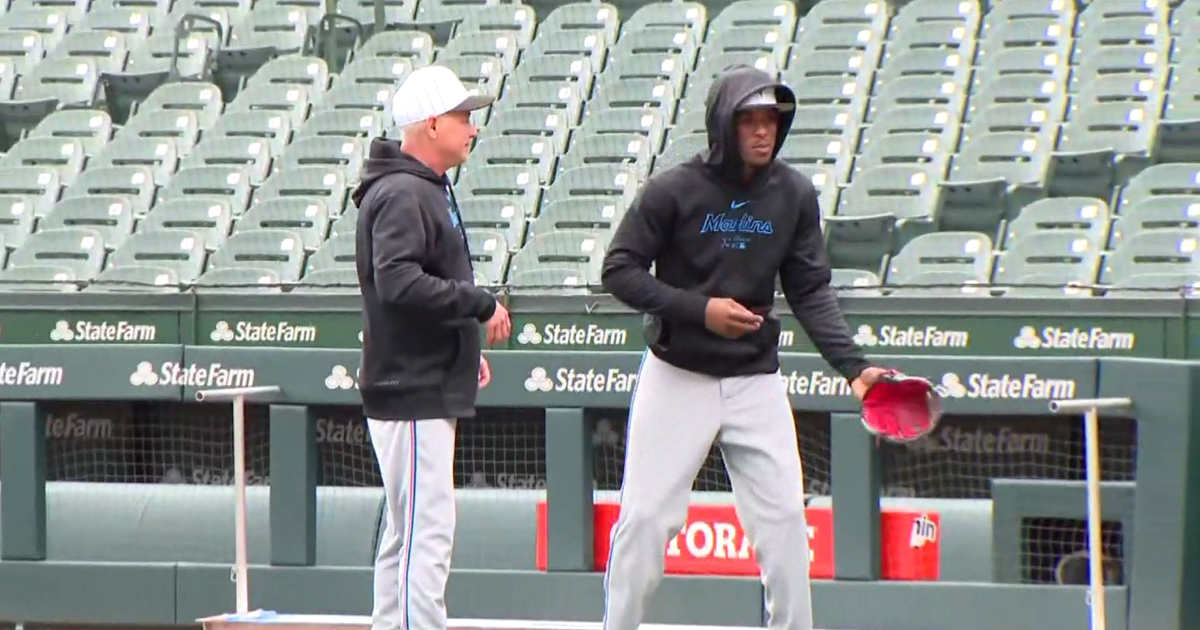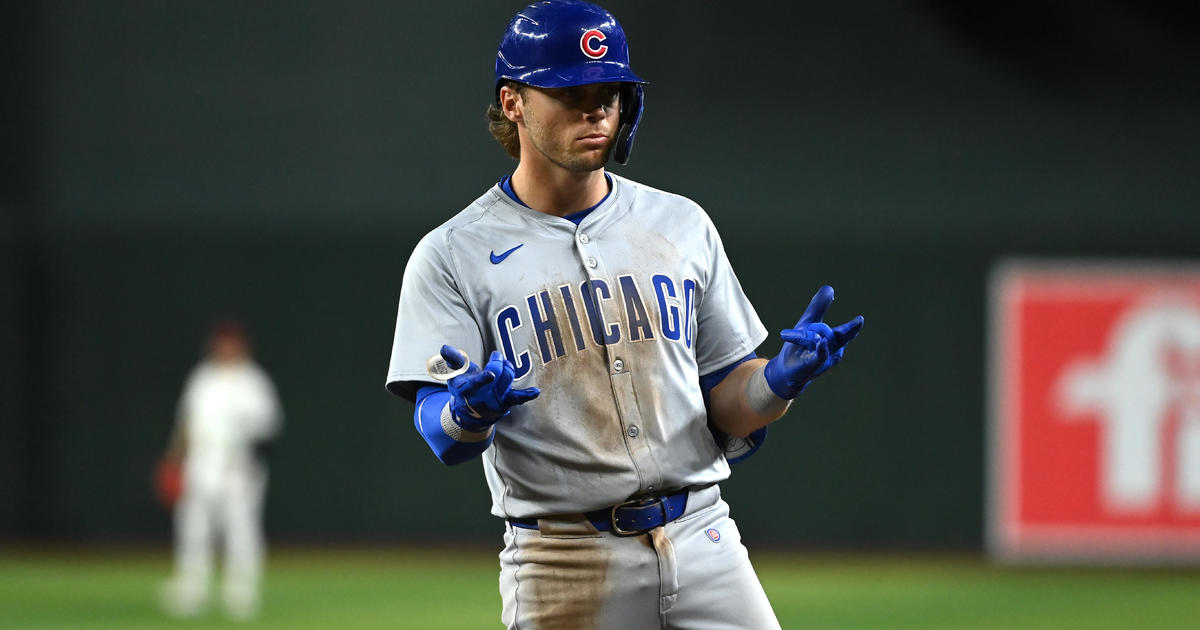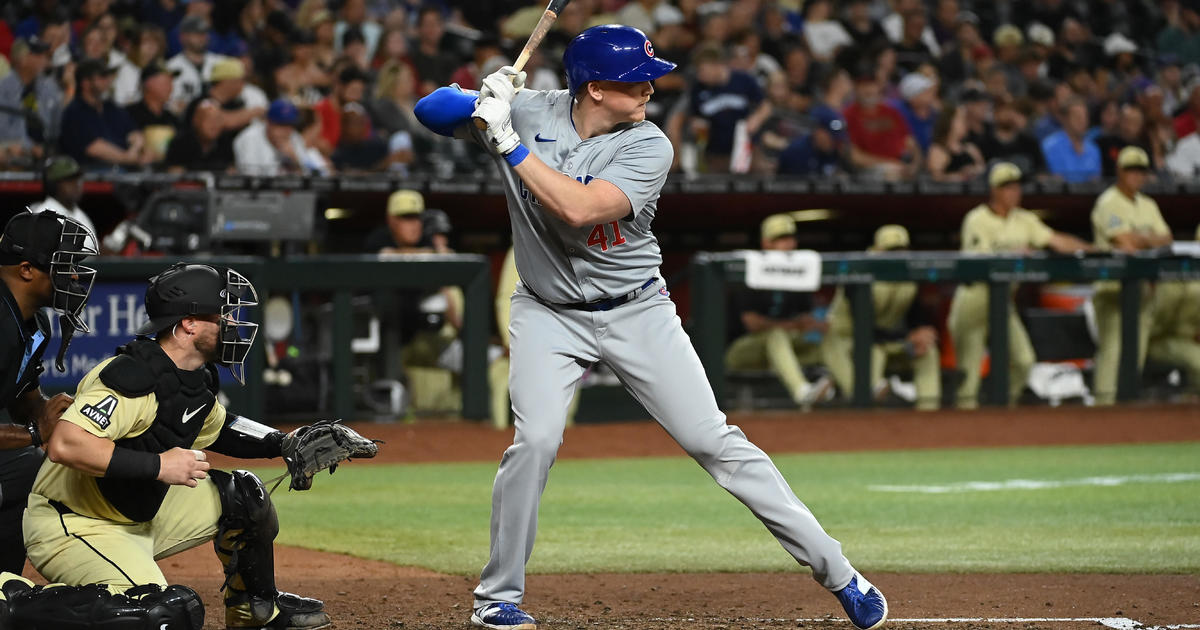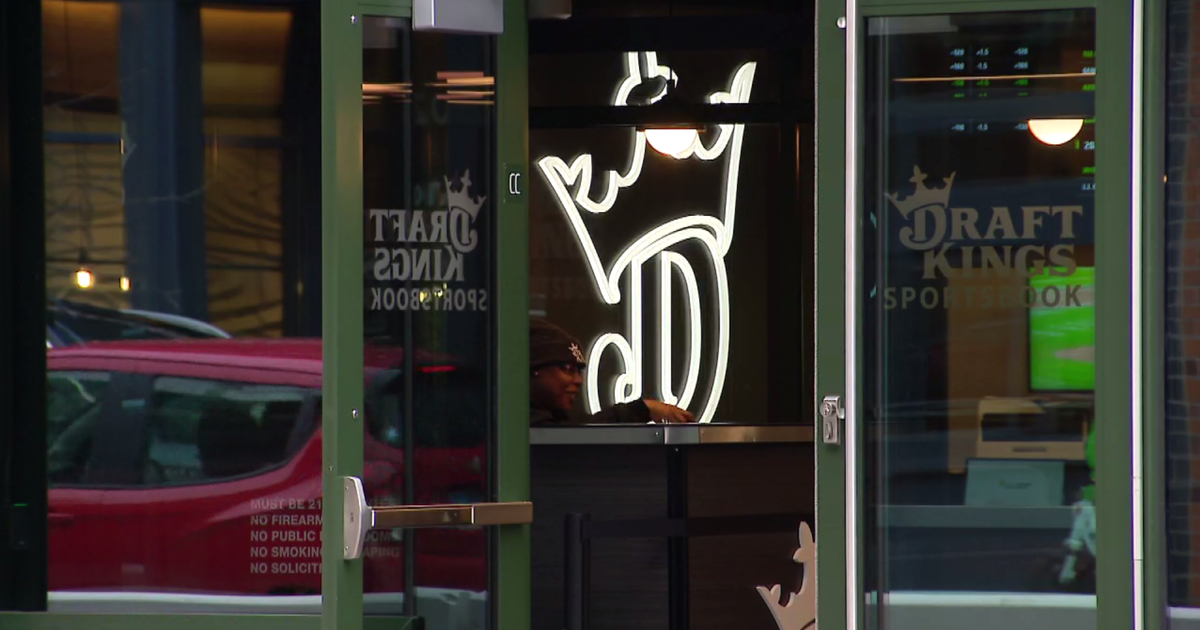Emma: Cubs' Plate Patience Paying Dividends
By Chris Emma--
CHICAGO (CBS) -- During the summer of 2003, the Cubs solidified depth to their playoff-bound roster by acquiring first baseman Randall Simon from the Pirates.
Simon, perhaps best known for swinging his bat at one of the Brewers' racing sausages, swung his bat at just about everything else. It seemed as if Simon never saw a pitch he didn't like. In fact, Simon walked just four times in 110 plate appearances with the Cubs and only 82 times in 1,717 career plate appearances -- or 4.7 percent of the time. Quite literally, there was no pitch he didn't like.
While Simon's an extreme example of urgency at the plate, the Cubs for years have failed to work the count. Before executives Theo Epstein and Jed Hoyer arrived in Chicago in late 2011, the team was 24th in pitches per plate appearance with a mark of 3.74. In 2015, the Cubs were best in baseball, seeing 3.97 pitches per at-bat.
This season, the Cubs have seen 3.92 pitches per plate appearance and found ways to push pitchers out of games early -- with no better example than scoring five runs on 49 Alfredo Simon pitches Wednesday night, with the Reds starter being bounced with two outs in the first inning.
When the first inning ended Wednesday, it was 7:54 p.m. -- 49 minutes after first pitch. One Reds beat writer announced his displeasure to the press box, realizing his deadline wouldn't be reached.
Welcome to Cubs baseball in 2016. Get comfortable, too, because you'll be watching for a while.
"It's not necessarily new, it's just difficult to achieve, getting that many guys who are capable of doing that," Cubs manager Joe Maddon said of taking pitches.
Maddon was asked Thursday how opposing pitchers should approach his team. He naturally shrugged off the inquiry and suggested opponents figure it out themselves.
Cracking the Cubs will be no easy task for opposing pitchers this season. Throwing strikes is the first priority to keeping the pitch count down, but that means a pitcher is putting the ball in the wheelhouse for a loaded Cubs lineup, one with no breaks outside of the No. 9 spot.
Back when Maddon was a minor league hitting instructor in the late 1980s, he turned his focus to grinding longer at-bats out of his players. It's easier said than done.
"This is stuff I've always believed in," Maddon said. "But even if you believe it, if you don't have the right guys, it's hard to do. To teach that is very difficult."
The Cubs have a roster loaded with homegrown talent -- Anthony Rizzo, Kris Bryant, Addison Russell, Kyle Schwarber, Jorge Soler and more -- that has experienced the organizational philosophies of Epstein and Hoyer, which includes an eye toward sustaining plate appearances.
It's no coincidence that the Cubs have turned brief at-bats into long ones. Their collective ability to run a pitcher out of the game early isn't a fluke. The Cubs have been raised through the game of baseball to work the count.
How the Cubs maneuver their at-bats is almost a universal feat, with each player working deep counts -- Rizzo and Russell are the team leaders entering Thursday at 4.18 pitchers per plate appearance.
Gone are the days of Randall Simon swinging out of his shoes.
Chris Emma covers the Chicago sports scene and more for CBSChicago.com. Follow him on Twitter @CEmma670 and like his Facebook page.



